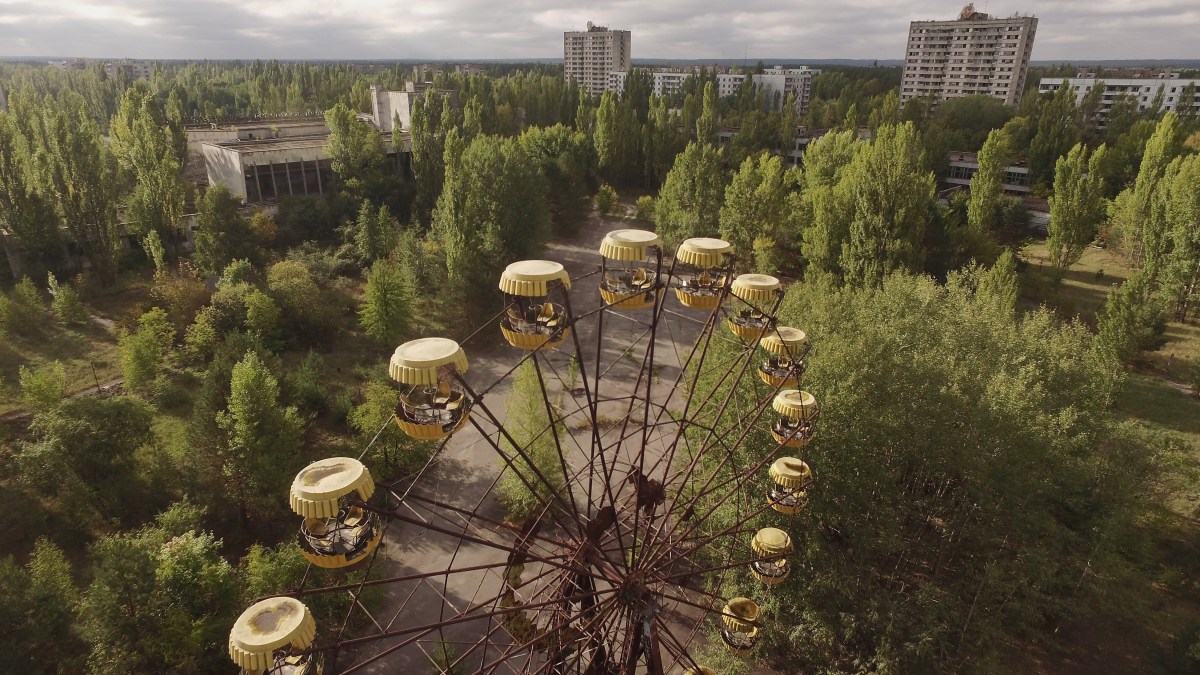Visiting the site of a horrific event in history? There’s a term for that.
It’s called “dark tourism,” and it’s what’s drawing people to places like Chernobyl, the site of the world’s worst nuclear disaster, where millions of people were affected by life-altering radiation and lost their homes and businesses.
The site and its neighboring city, Pripyat, is just one of the more popular “dark” destinations around the globe where waves of self-snapping tourists come to pose with grinning faces and thumbs pointed up — despite the fact that, in 1986, a nuclear reactor exploded and covered an entire area in toxic waste, CNN reported. This type of travel — to sites like Nazi concentration camps, Pompeii and the 9/11 Memorial and Museum — is propelled by a morbid fascination humanity has with places where people suffered and died.
“It’s [like] living on the edge, almost — if you go to a place where people have really died,” Karel Werdler, a senior lecturer in history at InHolland University in the Netherlands, told CNN. “It also confronts you with your own mortality.”
While there’s an educational and even humbling aspect to dark tourism, the age of social media is making it more about taking pictures and engaging in potentially disrespectful behavior. Chernobyl in particular has been in the dark tourism conversation since it opened up some areas to tourists in 2011, interest in visiting the site has spiked in recent months since the new HBO mini series Chernobyl aired, according to CNN.
“After the show, I started to watch a lot of documentaries to find out more about what happened in Chernobyl, and I found out there are tours and you can come over,” one visitor revealed to the news site.
Not all visitors to these sites are pulled by “dark” interests, of course: some are visitors to nearby areas who wish to see historical places across the world and have a genuine interest in the context of the place itself. It’s important, however, to consider your motivation.
“Before visiting places that are associated with death and tragedy, it’s important to reflect upon your intention,” Rebekah Stewart, communications and outreach manager at the Center for Responsible Travel, told CNN. “Are you visiting to deepen your understanding and pay your respects, or are you going to check a box or take a selfie?”
Editor’s Note: RealClearLife, a news and lifestyle publisher, is now a part of InsideHook. Together, we’ll be covering current events, pop culture, sports, travel, health and the world. Subscribe here for our free daily newsletter.
Thanks for reading InsideHook. Sign up for our daily newsletter and be in the know.


















